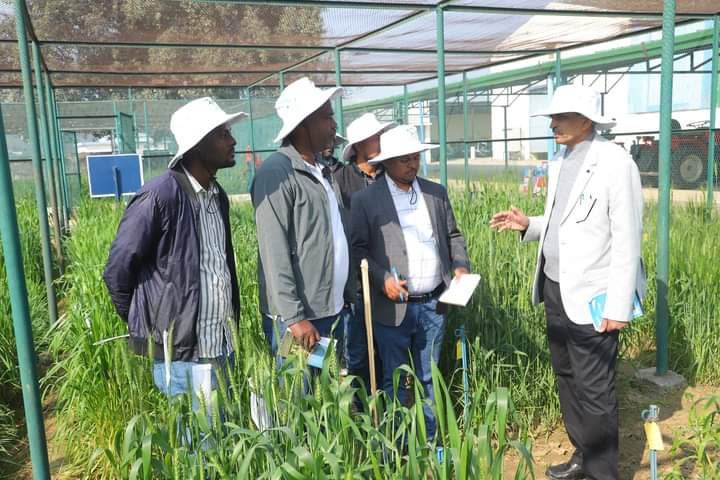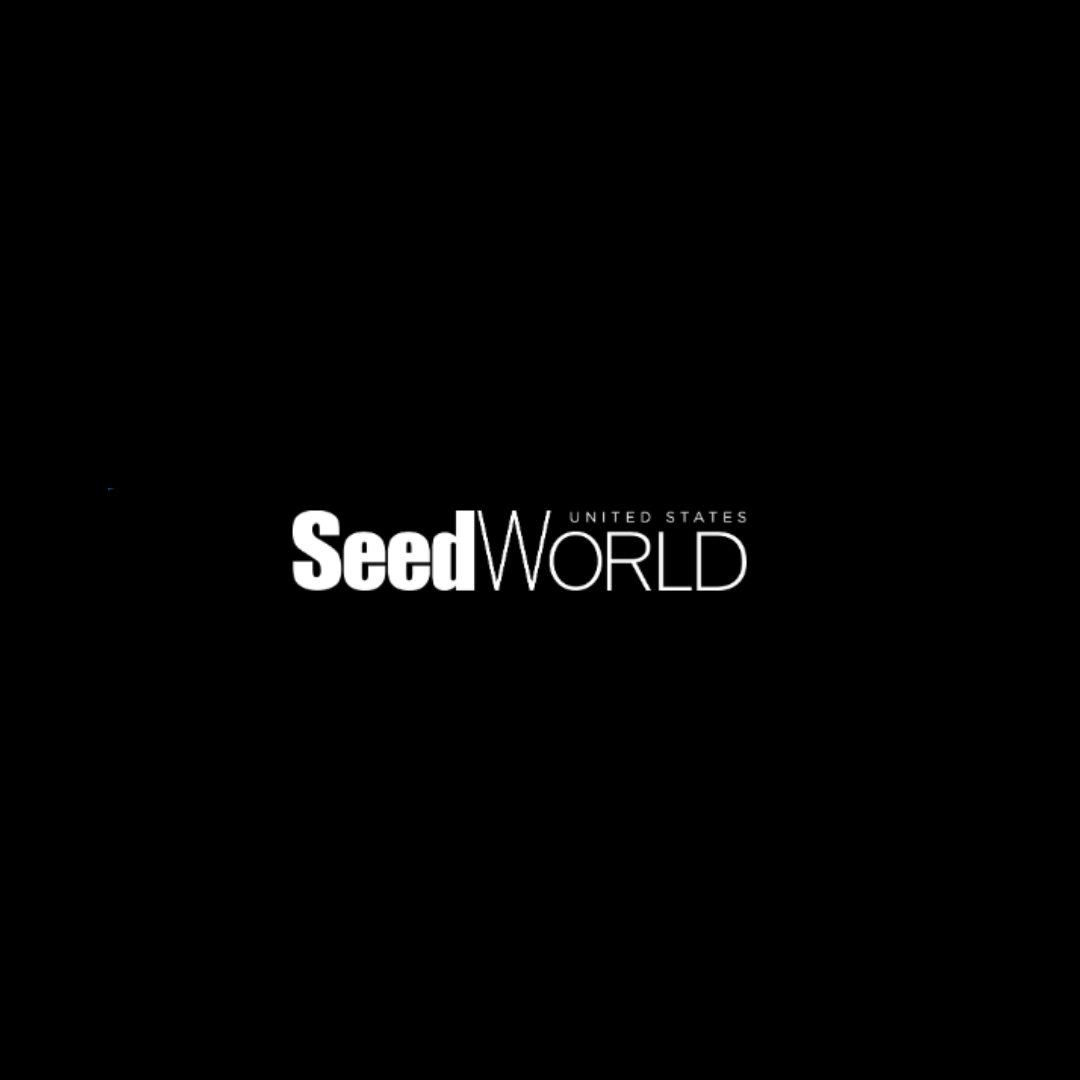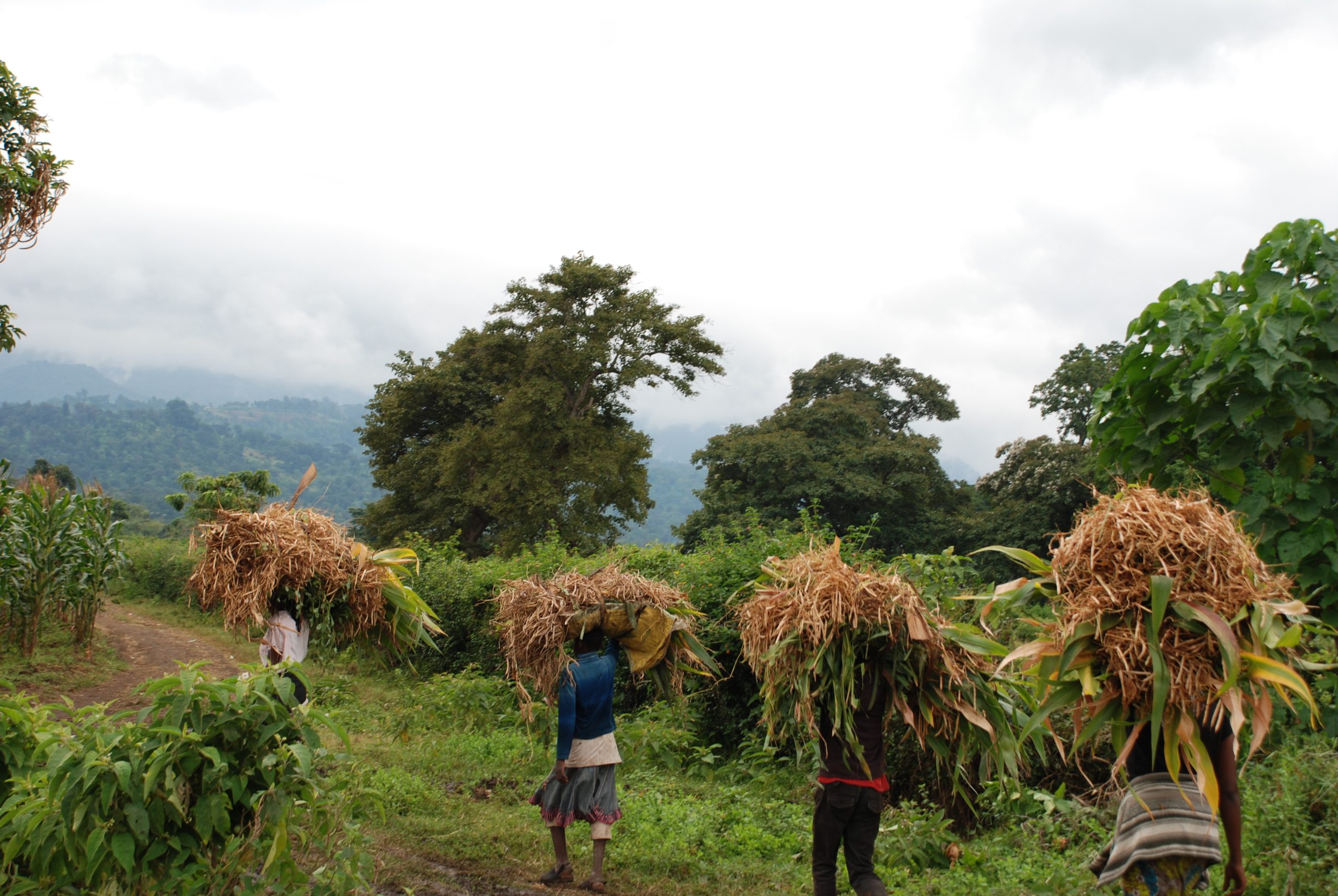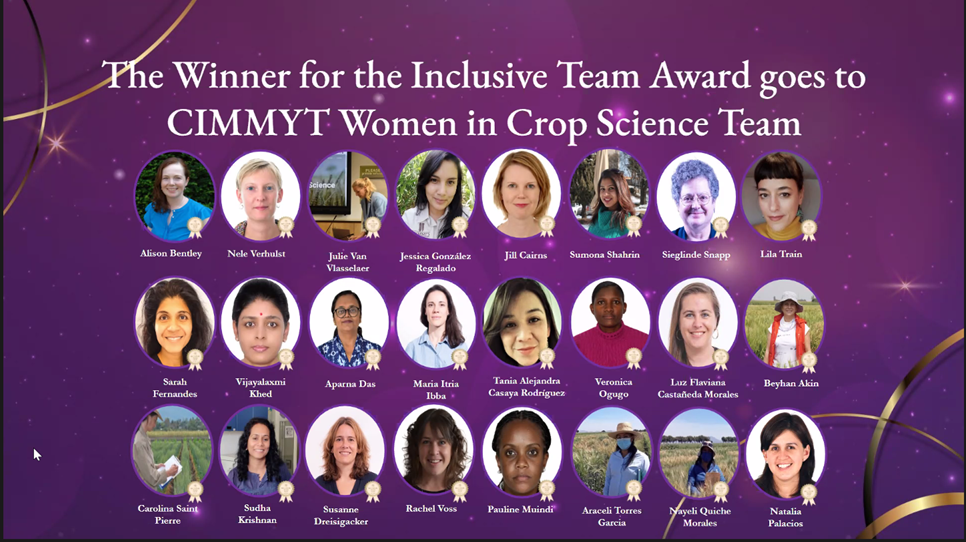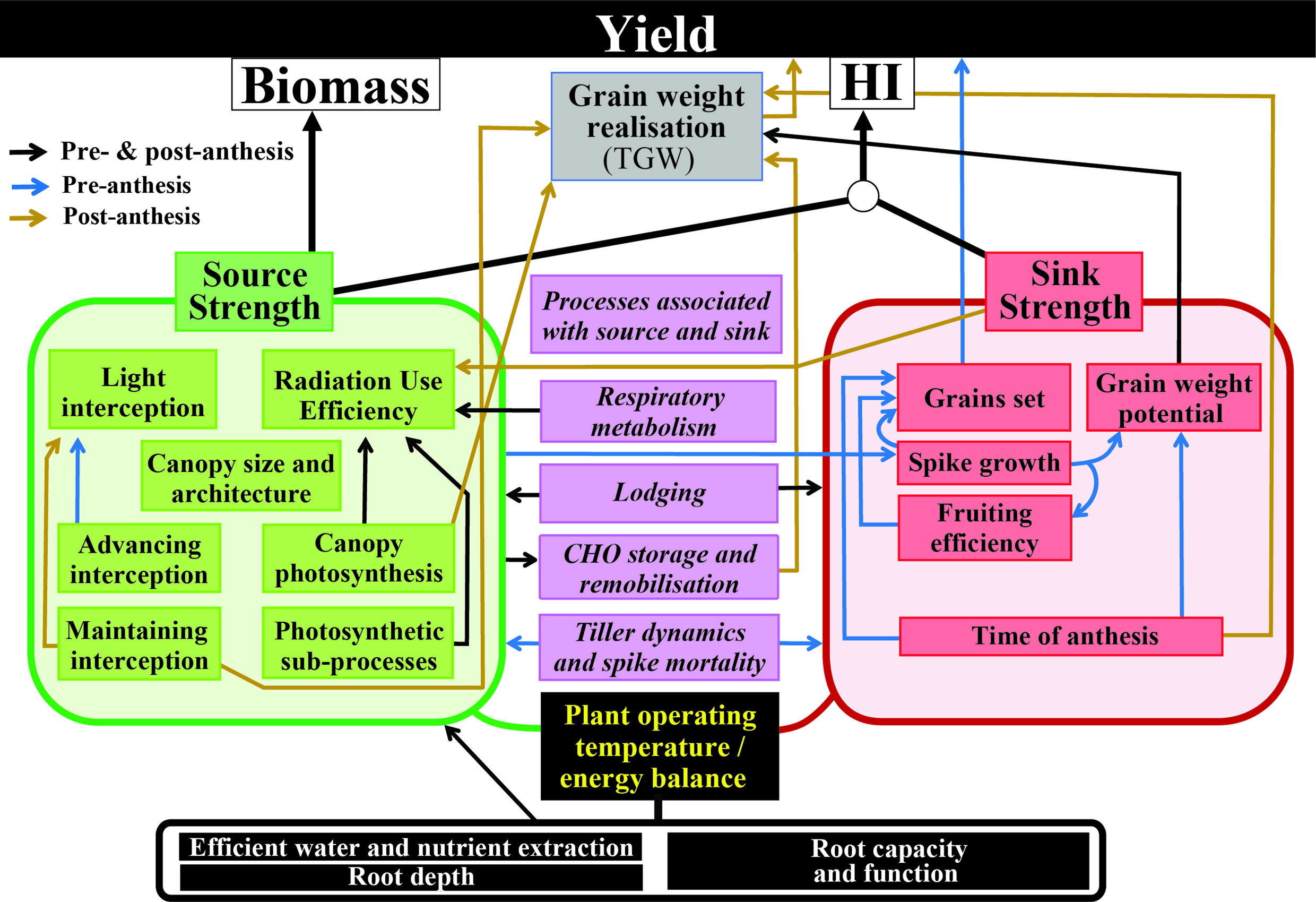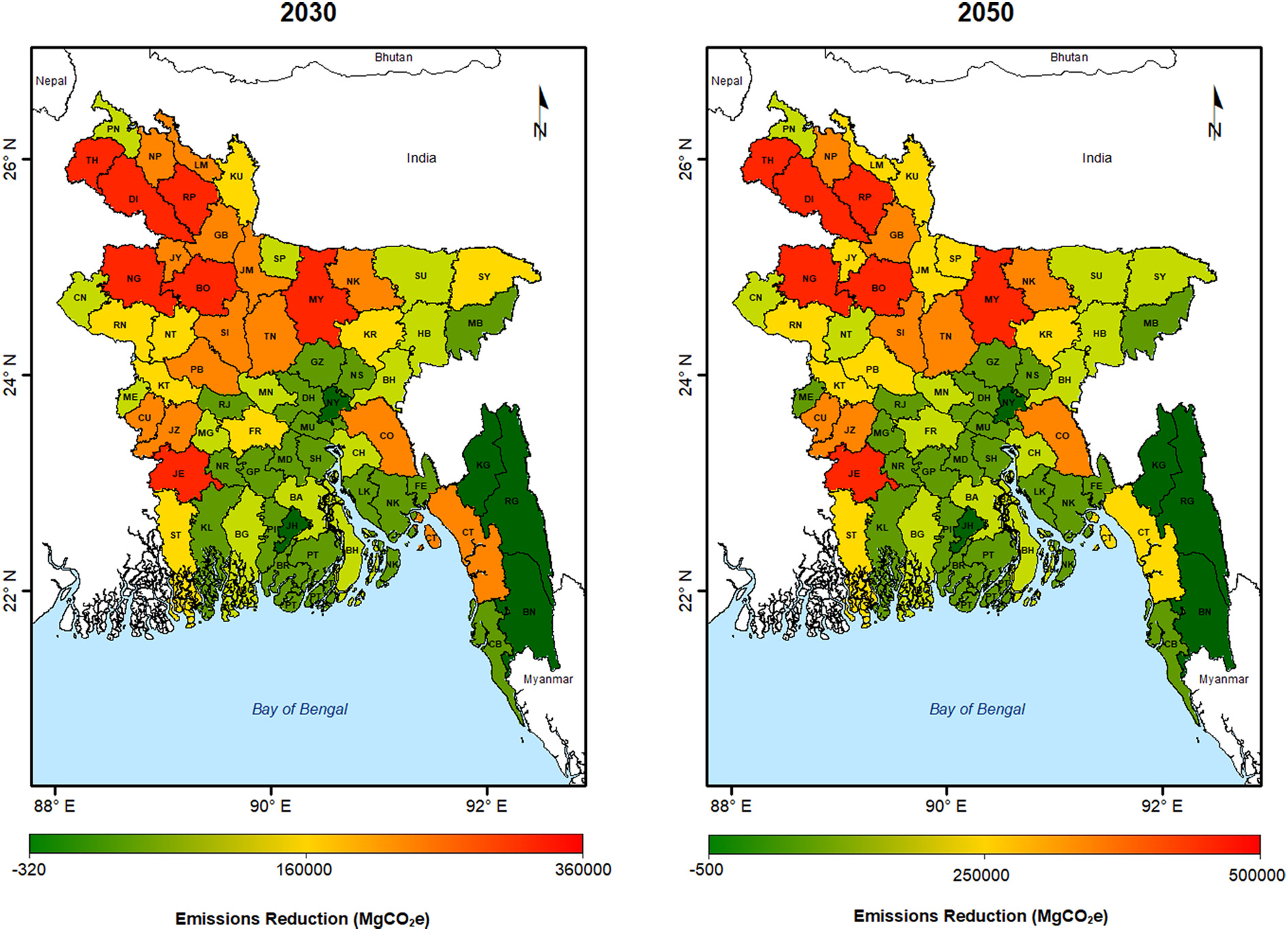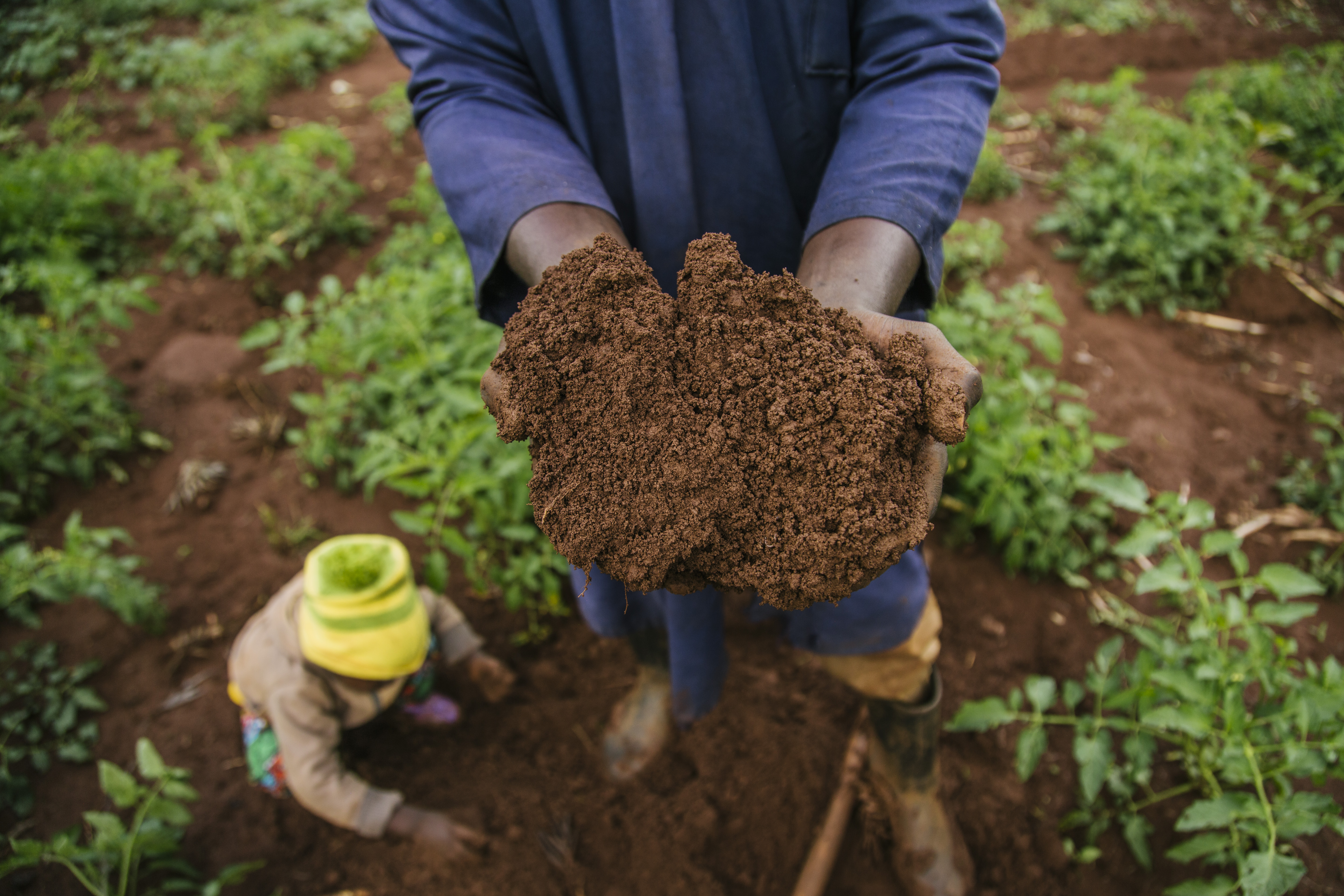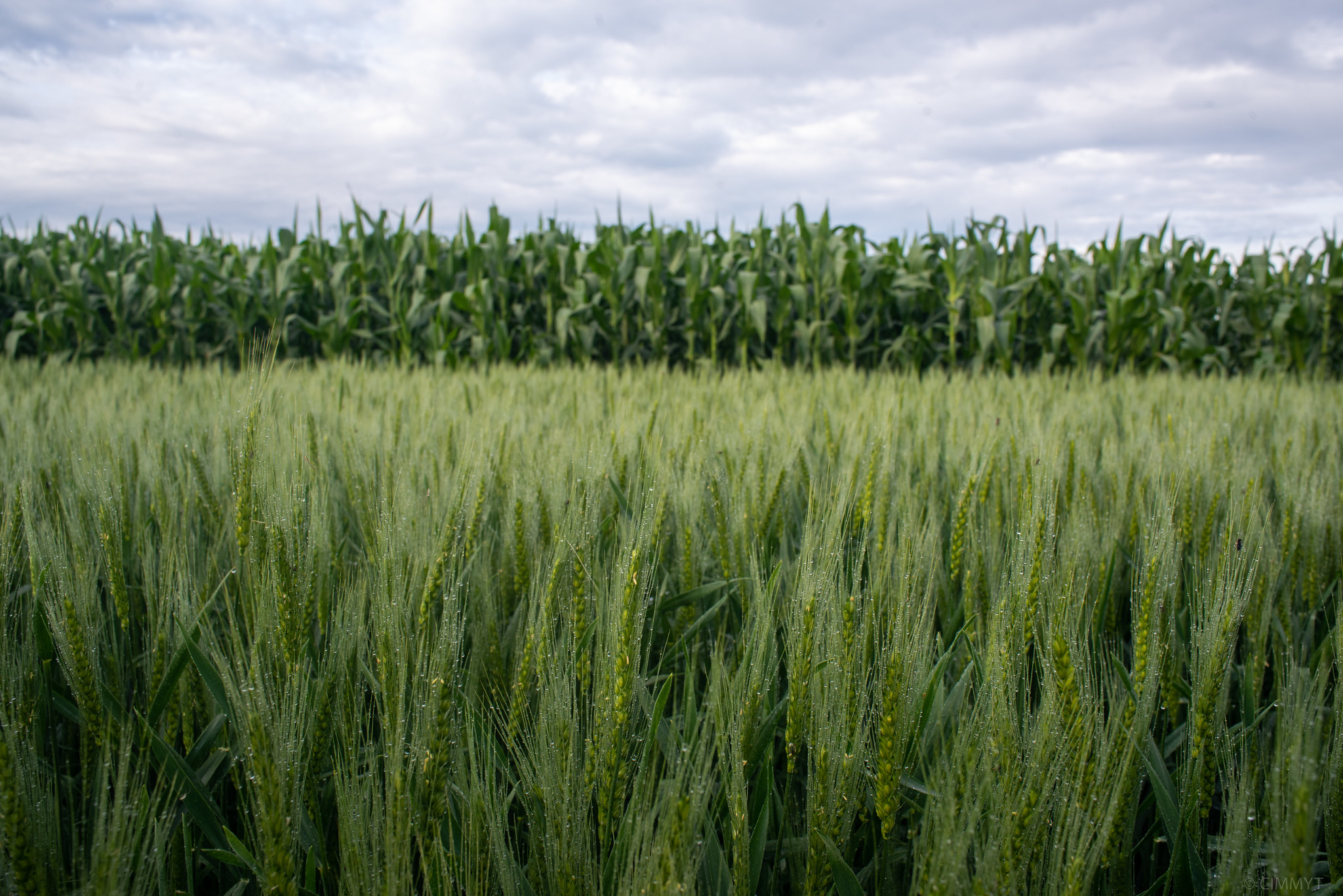crops
Ethiopian researchers travel to India to strengthen knowledge regarding increasing wheat productivity
 Capacity development
Capacity development
As part of ADAPT-Wheat, four scientists exposed to the latest technologies, methods, and equipment.
Strategy: Public-Private Collaboration
Source: SeedWorld ()
CIMMYT stands at the forefront of uniting public and private sectors in plant breeding.
Connecting rural Nepalese farmers to the market through Interactive Voice Response (IVR) service
 Innovations
Innovations
Source: ComDev Asia (26 Nov 2023)
The world’s future wheat will need to withstand the climate crisis
 Climate adaptation and mitigation
Climate adaptation and mitigation
Source: Quartz (20 Sep 2023)
As hotter temperatures and drought become the norm in places used to growing wheat, CIMMYT is working to face new and ongoing challenges to develop a more climate resilient wheat.
Technical support for sustainable maize and associated crops production in Iguala
 Capacity development
Capacity development
CGIAR’s “GDI Oscars” celebrate the stars behind advancing Gender, Diversity and Inclusion in our workplaces
 Gender equality, youth and social inclusion
Gender equality, youth and social inclusion
CIMMYT’s Women in Crop Science team win the Inclusive Team Award at CGIAR’s inaugural Inclusive Workplace Awards for creating an inclusive and respectful team culture.
Diagram links physiological traits of wheat for yield potential
 Innovations
Innovations
Researchers build on existing source-and-sink model to map complex interaction of traits that determine wheat yield throughout its growth cycle, as a guide for breeding and future research.
Bangladesh could largely reduce greenhouse gas emissions from agriculture while increasing efficiency in production
 Climate adaptation and mitigation
Climate adaptation and mitigation
Farmers could save costs and contribute to climate mitigation by adopting easy-to-access farming methods like better nitrogen management, intermittent irrigation, and strip tillage, study shows.
Can we create a climate-resistant coffee in time?
 Climate adaptation and mitigation
Climate adaptation and mitigation
Source: The Guardian (27 Apr 2021)
Matthew Reynolds talked to The Guardian’s Science Weekly podcast about the process of creating climate- and heat-resistant crops.
Crop breeding and soil management must go hand in hand
 Environmental health and biodiversity
Environmental health and biodiversity
This World Soil Day, explore how breeding success is inextricably linked to how we address soil degradation.
Scientific opportunities and challenges
 Capacity development
Capacity development
First meetings of the AGG Science and Technical Steering Committees generate insights and recommendations for optimizing breeding schemes.
Webinar explores continuous improvement approach to plant breeding
 Innovations
Innovations
Approach can save breeders to time and money, cut waste and improve client-focused results.
Turn annuals into perennials. Does the farmer want that?
 Innovations
Innovations
Source: Trouw (28 Jun 2020)
Opinions differ on if world food production could be improved if annual crops, such as maize, rice, wheat and vegetables, could be turned into perennials.
